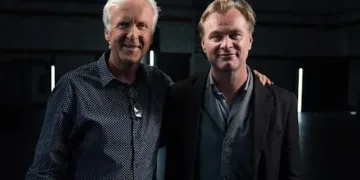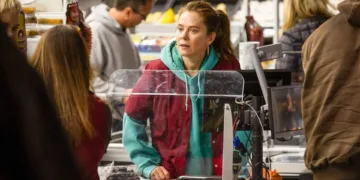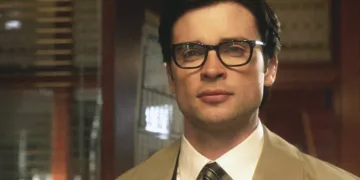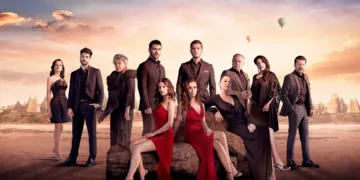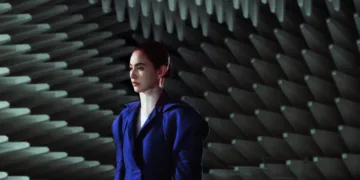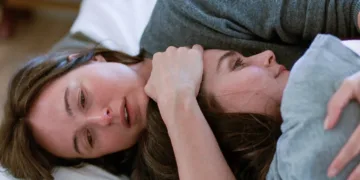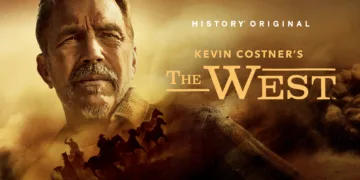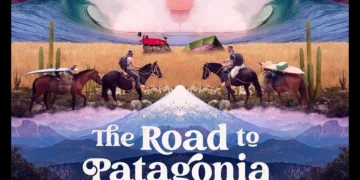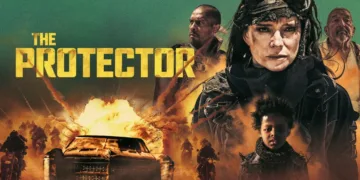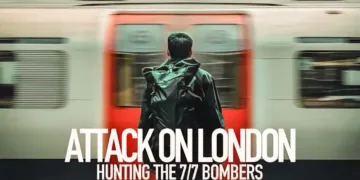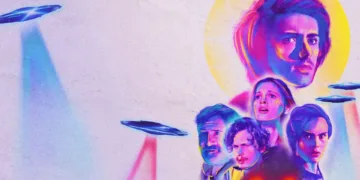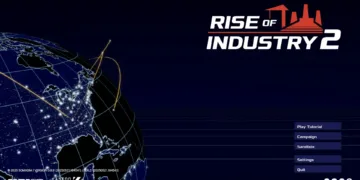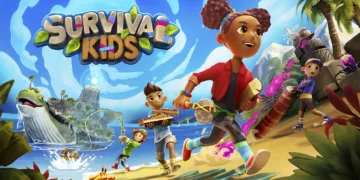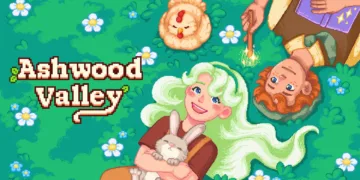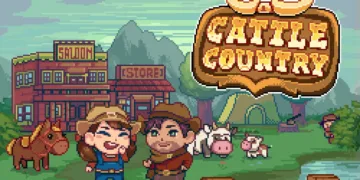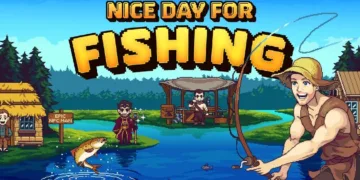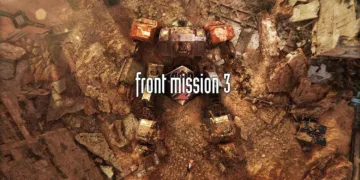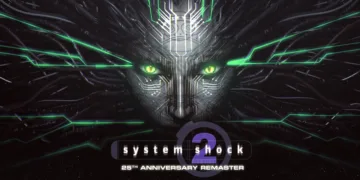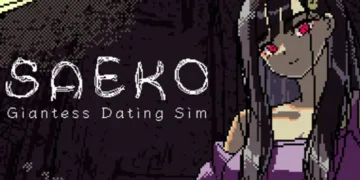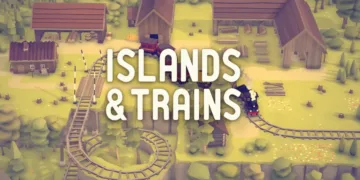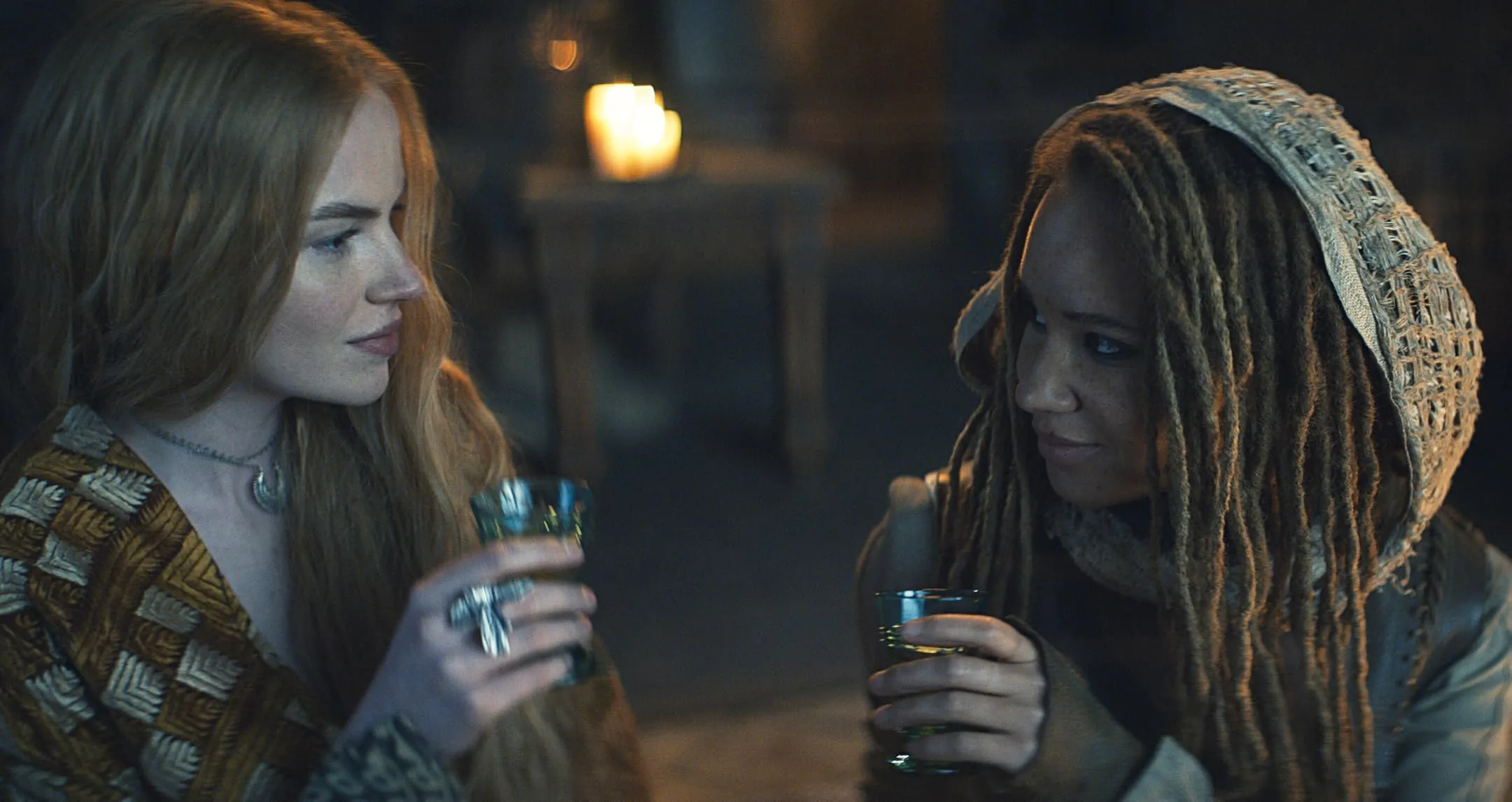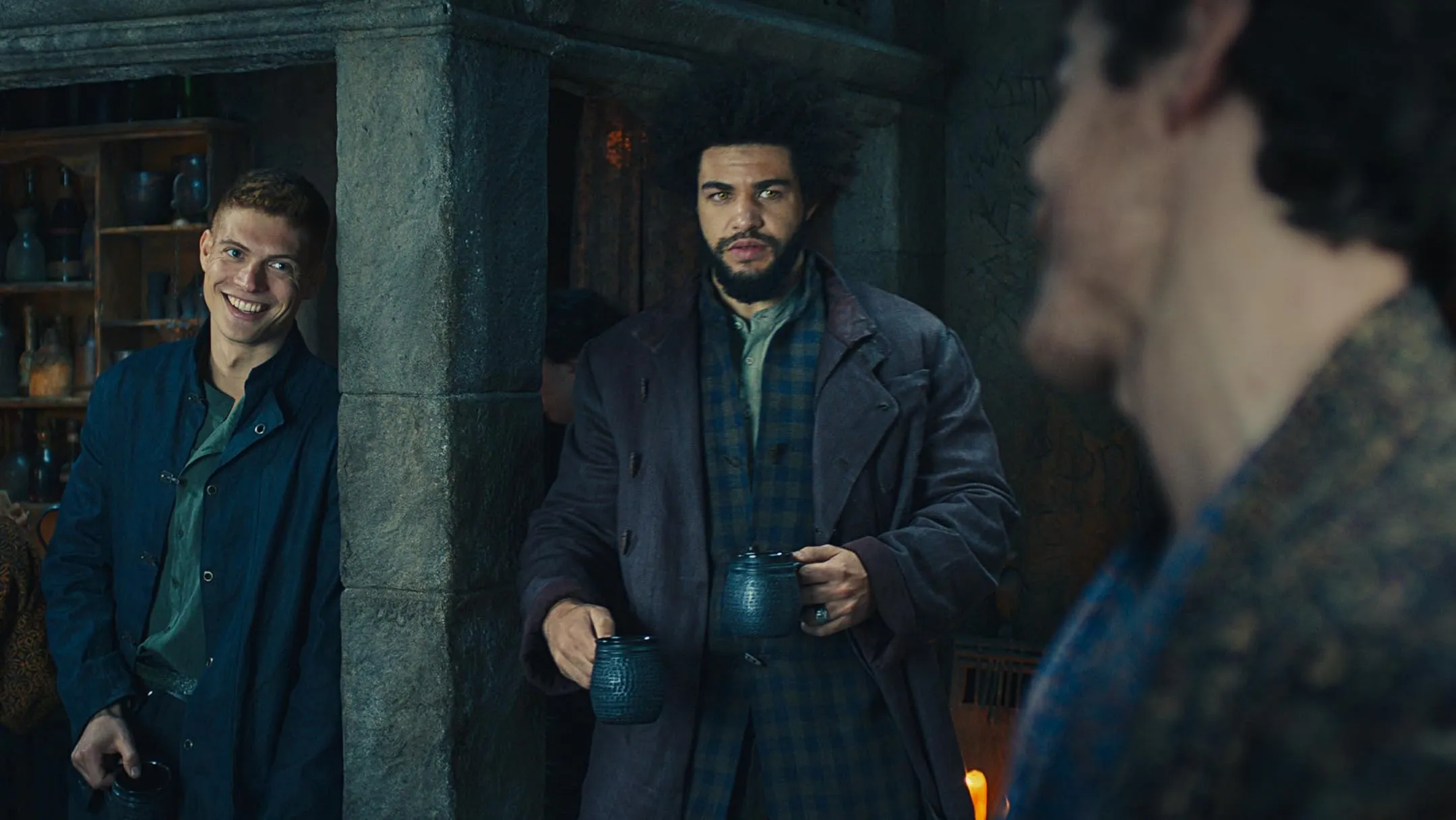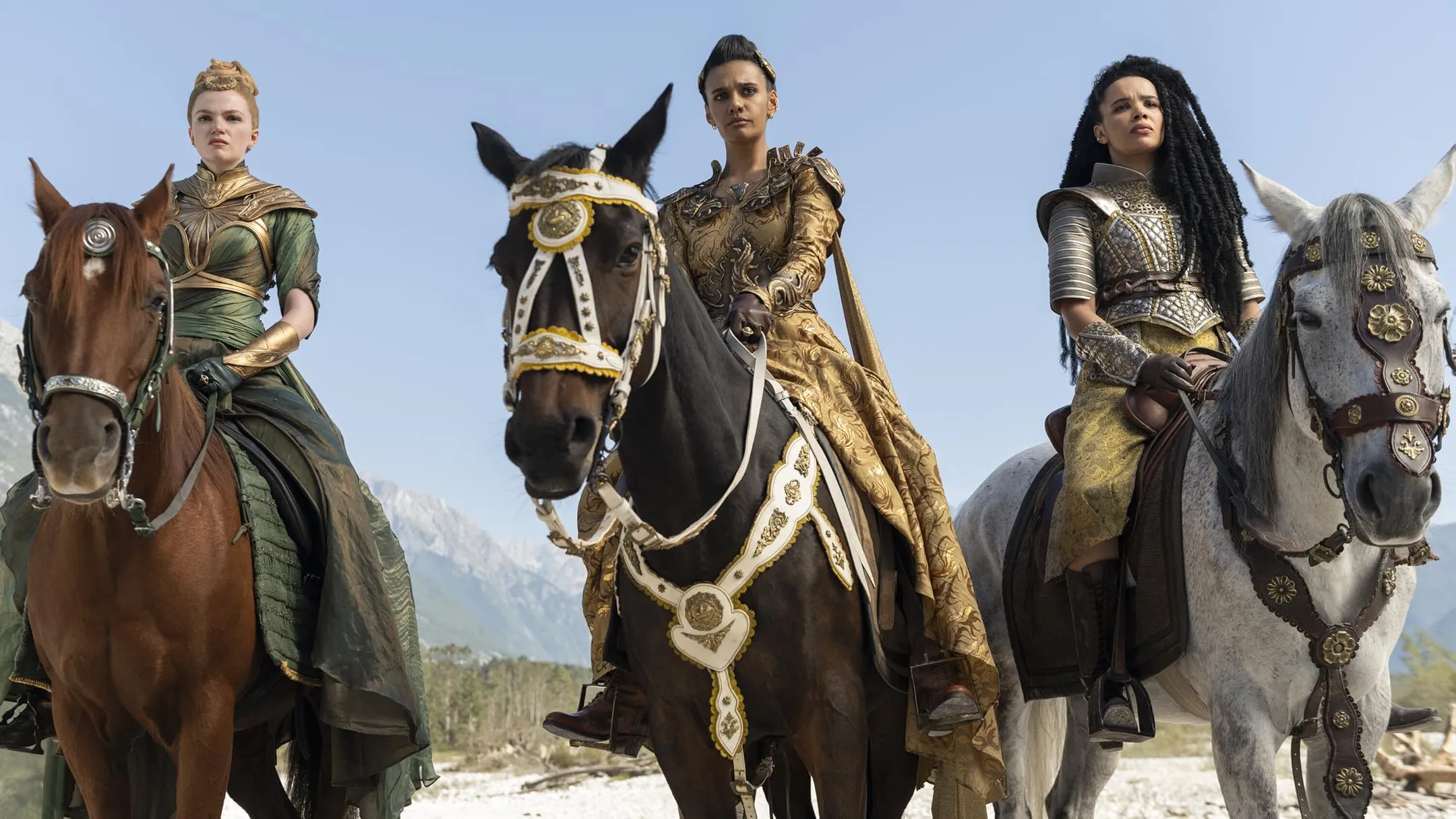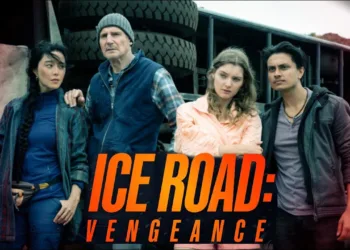The latest installment of The Wheel of Time marks a pivotal moment for the series, which reinterprets Robert Jordan’s extensive fantasy saga with a modern lens. Season 3 emerges as a key turning point, following the unfolding events of the previous installments.
The narrative picks up with high stakes and a restless energy that carries forward both familiar conflicts and new challenges. This chapter introduces a wealth of narrative threads as characters grapple with their destinies and the looming threat of the Last Battle.
Notable locations such as Tar Valon, Falme, the harsh terrain of the Aiel Waste, Tanchico’s bustling docks, and the pastoral backdrop of the Two Rivers serve not only as settings but also as symbols of shifting power dynamics and cultural diversity. The series injects fresh momentum into its longstanding tale while addressing modern social shifts through its intricate portrayal of power struggles and personal redemption.
In particular, the portrayal of figures in positions of magical influence signals a broader engagement with issues of representation. Characters are framed within a universe that reflects current social debates, where casting choices and narrative focus add layers to the cultural impact. This season promises a dynamic interplay between fast-paced action, mystical elements, and moments of reflective personal storytelling.
Narrative and Plot Structure
Season 3 moves the central narrative forward with a clear focus on Rand’s declaration as the Dragon Reborn and his quest, which serves as the engine driving the series. The plot follows his path with a determined air, as he contends with the weight of destiny and the rising challenges that threaten to upend his world.
This installment sets the stage for multiple intersecting paths: the reunion of familiar faces, each burdened by past trials and new obstacles, as well as fresh conflicts that add complexity to the tale.
The adaptation takes cues from the original novels, drawing particularly from “The Shadow Rising.” The creators strike a balance between a respectful nod to the source material and the freedom to reinterpret key moments for a contemporary audience.
The narrative presents a rich array of subplots—Egwene’s struggle with personal trauma and the recovery process, Perrin’s return to the Two Rivers with an eye on protecting his roots, and Mat confronting challenges that test his resolve. Each of these threads receives careful attention within the compact structure of eight episodes.
Key turning points are woven throughout the season, such as the intense clash in Falme and the unfolding political maneuvers in Tar Valon. These moments not only set the stage for the next set of developments but also increase the stakes, keeping the tension consistently high. The pacing oscillates between thoughtful, measured build-ups and rapid sequences packed with conflict and suspense.
The series manages to blend scenes heavy with character backstory with bursts of action that redefine the narrative tempo. The result is a tapestry of narrative moments that continuously reshape the story, inviting viewers to reflect on the impact of each choice made by the characters while keeping the audience engaged with its brisk yet carefully considered pace.
Character Arcs and Performances
Rand al’Thor emerges as a reluctant force burdened by fate and the weight of his emerging power. His struggle to balance the duties of a prophesied savior with the demands of personal sacrifice unfolds with a measured intensity, inviting viewers to consider how destiny shapes individual lives.
The character’s internal conflicts come to light in moments of quiet introspection and explosive confrontation, each scene underscoring the personal cost of his role.
Egwene al’Vere experiences a profound transformation as she shifts from enduring personal trauma to claiming her strength. Her evolution is marked by internal battles and nuanced exchanges with Rand, reflecting the challenges of recovering agency in a world where power often comes at a steep price. Egwene’s portrayal is both tender and defiant, mirroring broader conversations about self-empowerment and resilience.
Supporting characters contribute significantly to the narrative. Perrin Aybara’s return to the familiar landscapes of the Two Rivers stirs emotions that resonate with those torn between responsibility and the longing for a simpler life.
His quiet struggle illustrates the tension between duty and the desire for normalcy. Meanwhile, Mat Cauthon’s character shifts from a carefree risk-taker to one grappling with the consequences of newfound responsibilities. His notable “Hornblower” moment adds a layer of complexity, highlighting unexpected changes in a character known for his irreverence.
The female cast presents a rich tapestry of strength and vulnerability. Moiraine Damodred serves as a mentor whose ambitions occasionally conflict with the demands of safeguarding her charge. Other figures, including Nynaeve, Elayne, and Aviendha, each face their own tests with the One Power and leadership challenges that mirror ongoing social debates about representation and equality.
The antagonists—embodied by figures like Liandrin, Lanfear, and Moghedien—inject additional layers of tension, their presence heightening the stakes and inviting a more critical look at the forces that shape this storied world.
Performances across the board bring a palpable realism to the expansive narrative, with standout scenes that capture individual talents and collective synergy.
Worldbuilding, Visuals, and Production Design
Season 3 of The Wheel of Time presents a universe that carries viewers across realms as varied as the enchanted spires of Tar Valon and the stark expanse of the Aiel Waste. The introduction of new settings such as Rhuidean and Tanchico infuses the narrative with a sense of scale and historical depth that challenges traditional storytelling confines.
These environments are crafted with a level of detail that speaks to both meticulous set construction and a thoughtful approach to world history, grounding the fantastical elements in a believable cultural framework.
The production values stand out through detailed costume choices, elaborate set designs, and carefully executed visual effects. Every element, from period-accurate attire to the subtle textures of the sets, contributes to a visual narrative that is both rich and reflective of its lore.
Scenes capturing sweeping landscapes or intimate magical duels are framed with a precision that highlights contrasts between rugged terrain and the delicate spark of the One Power. The cinematography enhances these moments with carefully composed shots that draw attention to the interplay of light and shadow, offering viewers visual cues that enrich the overall experience.
Digital artistry is balanced by practical effects, resulting in visuals that maintain an organic feel despite the heavy reliance on CGI. This approach to special effects underscores a commitment to a tactile representation of the source material, reinforcing the historical and cultural layers embedded in the narrative.
Behind-the-scenes choices in casting and design further signal a deliberate attempt to mirror contemporary discussions surrounding representation and social equity. Such decisions lend the production a cultural relevance that extends beyond the immediate spectacle, suggesting a model for how future streaming series might merge artistic ambition with a socially reflective agenda.
Thematic Depth and Mythology
Season 3 of The Wheel of Time engages with profound questions about destiny and individual choice, a debate that finds clear expression in Rand’s internal conflict as he grapples with the burden of being designated the Dragon Reborn. His personal struggle serves as a mirror to discussions about predetermined roles and the scope for self-determination amid societal shifts.
The narrative draws on a rich legacy of myth and legend, incorporating recurring prophecies and the concept of time as an endless cycle, which invites viewers to reflect on the role of cultural memory and the persistence of ancient ideas.
The portrayal of female authority is striking, with the Aes Sedai taking center stage in power dynamics that echo current debates on representation and equity. Characters such as Egwene and Nynaeve are depicted with a clarity that underscores their quest for agency, challenging traditional assumptions about leadership and influence.
This focus on gender is reinforced by visual symbols and ritualistic elements—objects like the Horn of Valere become markers of hope and legacy, while ceremonies offer insight into how longstanding traditions continue to mold modern identity.
The series also paints a picture of moral complexity, where distinctions between heroism and villainy blur, prompting a reexamination of personal responsibility and ethical ambiguity. In this light, character choices invite discussion on the nuances of leadership and the impact of cultural narratives, hinting at shifts in how television may shape social discourse in the era of streaming.
Storytelling Techniques and Pacing
Season 3 employs an eight-episode framework that interlaces various narrative strands with careful precision. The series alternates between expansive expository segments and sudden, high-energy sequences, a design that both clarifies complex lore and ignites the narrative with kinetic tension.
Flashbacks and prophetic visions appear intermittently, enriching the mythology and hinting at future twists while providing a historical counterpoint that deepens the overall narrative texture.
The balance between detailed exposition and brisk action is maintained with a measured pace that allows for moments of introspection alongside pulse-quickening drama. Specific scenes shift effortlessly from quiet character study to moments of explosive conflict, keeping viewers alert and invested.
Such transitions not only highlight the intricate structure of the series but also reflect current trends in streaming television, where layered storytelling and dynamic pacing redefine audience expectations.
At times, the rhythm of the storytelling teeters between contemplative pauses and rapid developments, creating a mosaic of experiences that mirror the intricate tapestry of its narrative world. The deliberate pacing ensures that every narrative twist and character revelation has room to resonate, inviting viewers to engage with both the visual spectacle and the profound themes at play.
The Review
The Wheel of Time Season 3
The Wheel of Time Season 3 delivers a compelling narrative that blends rich lore with dynamic visual storytelling. Its thoughtful examination of societal shifts and representation in the fantasy realm elevates its appeal, while a carefully balanced pace and multifaceted character arcs hold the audience’s attention. Some narrative intricacies remain challenging, yet the series offers a viewing experience that signals a fresh era for streaming fantasy.
PROS
- Rich, immersive worldbuilding that brings the lore to life
- Complex, layered character arcs that invite thoughtful reflection
- Visually impressive production design and special effects
CONS
- Dense narrative elements may challenge casual viewers
- Some plot threads feel underexplored














